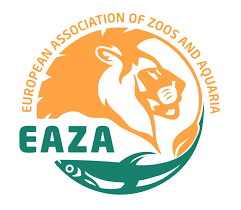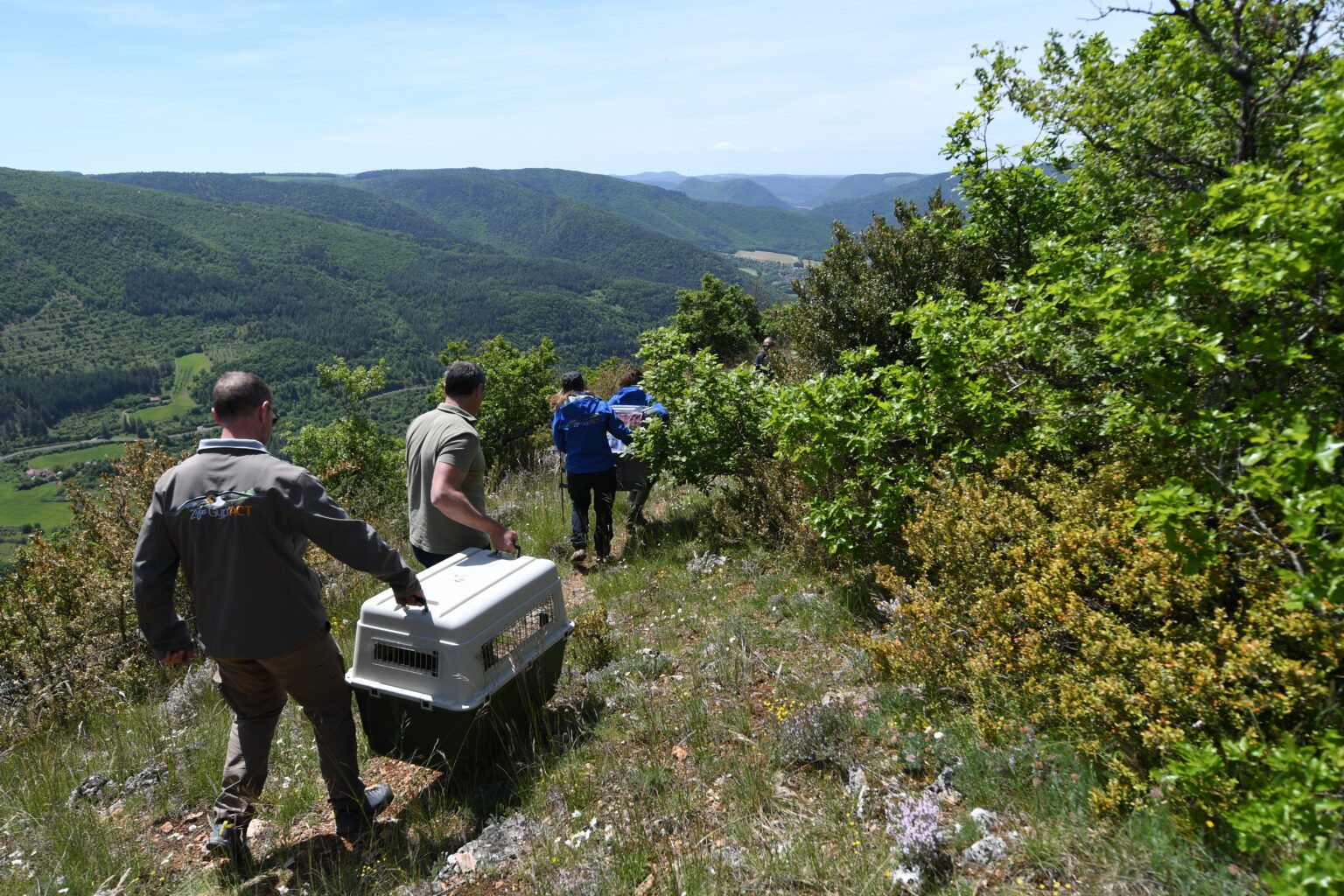
The captive-bred Egyptian Vulture named Boyana found a partner, and they occupied a breeding territory in the Eastern Rhodopes, Bulgaria, marking a significant milestone for the species!
Boyana’s life: from captivity to the wild
The Egyptian Vulture Boyana hatched and was reared in Prague Zoo in 2017 as part of the Egyptian Vulture captive-breeding programme within EAZA’s European Endangered Species Programme.
A year later she arrived in Bulgaria and was among the first of her species released into the wild in the Eastern Rhodopes through the delayed release method as part of the Egyptian Vulture New LIFE project. According to this method, captive-bred vultures are released into the wild in spring after a few months of adaptation. Therefore, they have about four months to gain experience and strength before the onset of the fall migration to Africa.
Boyana was among the few Egyptian Vultures that managed to cross the Mediterranean Sea on her way to Africa. She spent the winter in Chad. Over the next three years, Boyana visited 22 countries on three continents – Africa, Asia and Europe – before returning to her release site in Bulgaria. The Egyptian Vulture New LIFE project team follows all her travels thanks to the GPS transmitter attached to her.

Egyptian Vulture Boyana finds a partner
This year Boyana returned to the Eastern Rhodopes as an adult and occupied a vacant territory. A BSPB team immediately visited the site with excitement but Boyana was alone still looking for a partner. In mid-June, after a few days of rain and bad weather, she looked for food at the vulture feeding station, which she knows so well – it is where she was released four years ago. The vulture feeding station attracts many immature and adult non-breeding Egyptian Vultures and is a perfect spot for mating. After this short visit to the feeding station, Boyana returned to her territory but was not alone this time – she was accompanied by a gorgeous male. He is a wild untagged individual in adult plumage.
The BSPB team observed Boyana and her mate with courtship behaviour and confirmed that they are a pair and occupied a cliff suitable for nesting! However, the breeding season is towards its end now so they will not have time to build a nest and breed. Hopefully, Boyana and her mate will survive the fall migration and return back to their breeding territory next year to breed.
A milestone for Egyptian Vulture conservation
Boyana finding a partner marks a milestone for Egyptian Vulture conservation. Firstly, it is the first time a pair of this species has occupied this territory in over 20 years. Additionally, this event is a huge success for the reinforcement of the Egyptian Vulture population in Bulgaria with captive-bred individuals. It is the first time a captive-bred Egyptian Vulture found a partner in the wild in the Balkans, and this was achieved only four years after the first releases started in the Eastern Rhodopes. It is only the second proven case in Europe of a captive-bred Egyptian Vulture forming a pair in the wild. This pairing proves that the captive-breeding and release programmes can be effective for the reinforcement of threatened Egyptian Vulture populations.
The Egyptian Vulture New LIFE project

Working collaboratively, projects like the Egyptian Vulture New LIFE aims to reinforce the Egyptian Vulture population across the Balkans, which is Europe’s easternmost range for the species. By actively managing and restocking the population by releasing captive-bred birds, the project will support the small Balkan population, numbering between 60 and 80 pairs. The Egyptian Vulture New LIFE team is working to deliver conservation measures that eliminate major known threats such as illegal poisoning and electrocution in their summer breeding grounds. They also use GPS transmitters to monitor the population to help identify and combat the threats Egyptian Vultures face. Funded by the EU’s LIFE Programme and led by the Bulgarian Society for the Protection of Birds, the project has a partnership spanning 14 countries across Europe, the Middle East and Africa to protect the species all along their flyway.




All captive-bred birds are donated to the Еgyptian Vulture New LIFE project with Antonin Vaidl’s assistance from Prague Zoo – coordinator of the Egyptian Vulture EEP of EAZA.
The Egyptian Vulture restocking efforts in Bulgaria is a collaborative effort with many partners involved: BSPB, Prague Zoo, EAZA, RSPB’s Centre for Conservation Science, Hellenic Ornithological Society, Green Balkans, WWF Greece, Macedonian Ecological Society, Albanian Ornithological Society, Protection and Preservation of Natural Environment in Albania, Zoo Botanico Jerez, Zlin Zoo, Schoenbrunn Zoo, Sofia Zoo and the Vulture Conservation Foundation.



